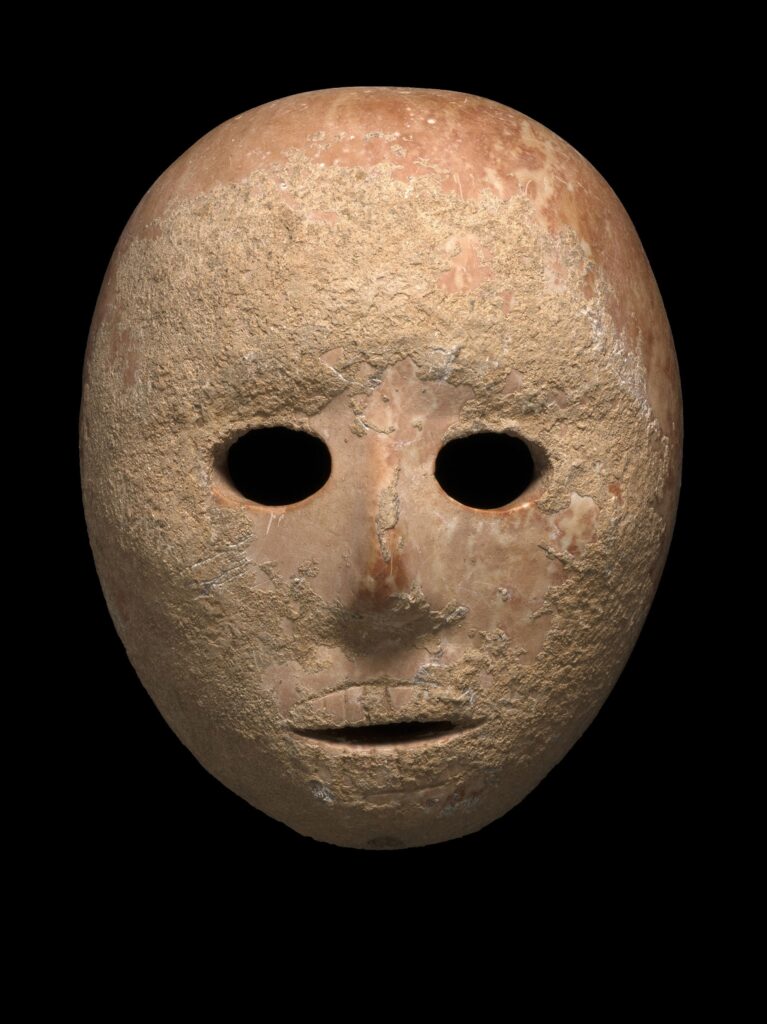A Forgotten Culture in the Clouds
The Chachapoyas, known as the “Warriors of the Clouds,” were a pre-Incan civilization that thrived in the cloud forests of present-day northern Peru. Though often overshadowed by the Inca Empire, the Chachapoyas left behind one of the most extraordinary legacies of ancient mortuary practice: a highly sophisticated method of mummification developed in one of the world’s least favorable climates for organic preservation.
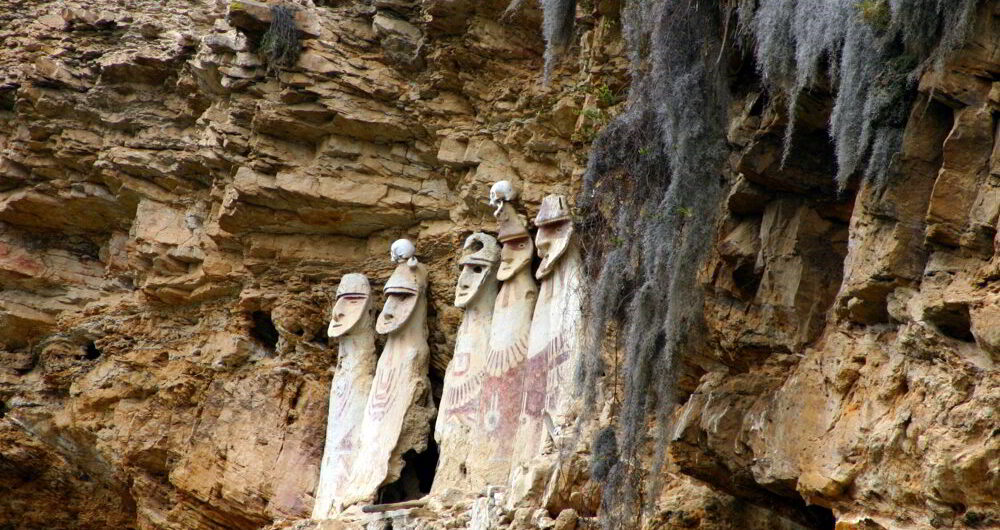
Nature as Preservation Partner
Rather than burying their dead underground, the Chachapoyas selected high, rocky cliffside caves and mountain hollows for their burial sites. These remote locations offered low humidity, cool temperatures, and minimal exposure to sunlight and microorganisms—all natural elements that slowed decomposition. This strategic use of geography demonstrates a profound understanding of the environment and its role in protecting the dead.
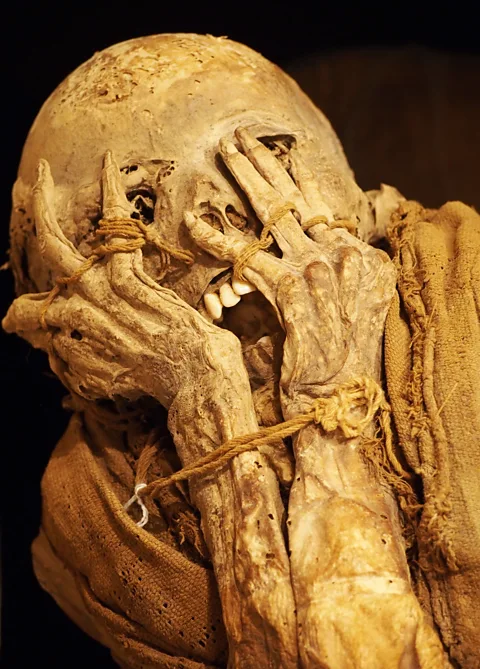
A Ritual of Form and Symbolism
Once a person died, the body was carefully prepared and placed into a tightly bound fetal position. Knees were drawn to the chest, and arms were raised toward the face. This posture wasn’t just practical; it likely carried spiritual meaning, possibly symbolizing rebirth, a return to the womb, or preparation for the journey to the afterlife.
The skin was treated to become tough and leathery, likely using smoke, oils, or herbal compounds. This not only helped preserve facial features with surprising clarity, but also reduced the body’s weight, making it easier to carry to the remote cliffside tombs.

The mummies were then wrapped in multiple layers of fabric—often woven from wool or plant fibers—which provided insulation and additional protection. Many were placed alongside ceramic offerings, food, or personal items, suggesting strong beliefs in a continued existence after death.
Chullpas: Tombs Between Earth and Sky
These prepared mummies were placed in chullpas—burial chambers built directly into the sides of steep cliffs. These structures weren’t just functional; they were spiritual monuments, suspended between earth and sky, perhaps symbolizing a connection between the living and the divine. Some chullpas housed entire family lineages, underscoring the importance of ancestry and legacy in Chachapoyas culture.
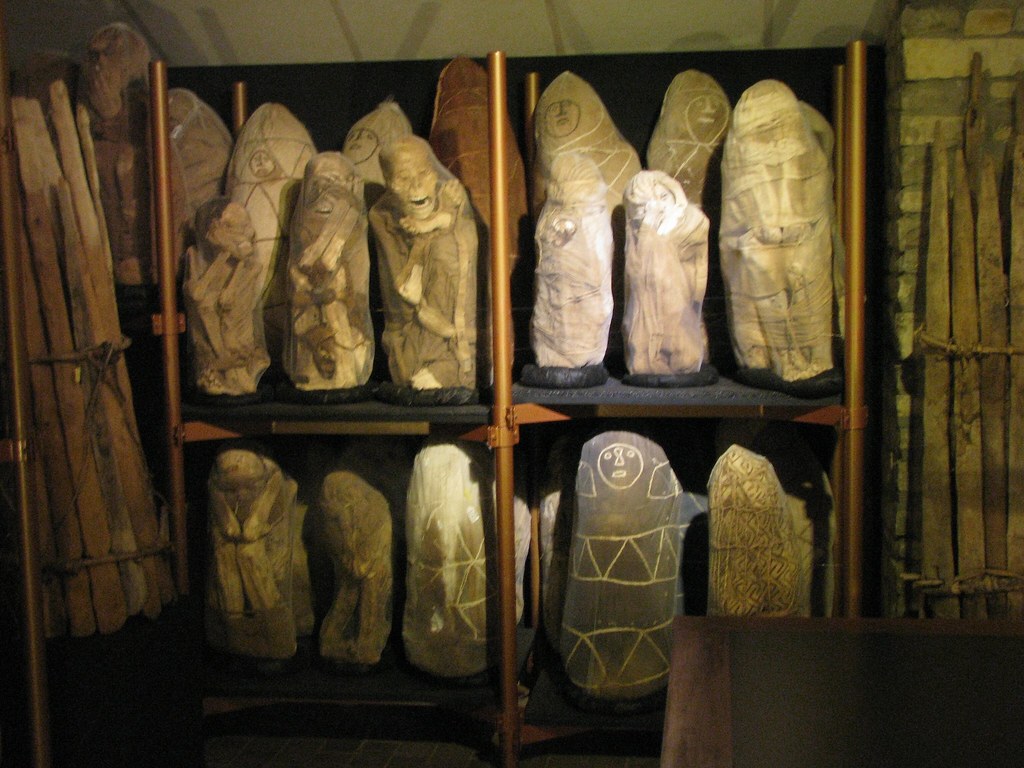
Legacy of Preservation and Reverence
The Chachapoyas didn’t mummify their dead merely for preservation. The process was an act of reverence, a spiritual preparation that bridged the gap between the mortal world and the afterlife. The remarkable condition of these mummies today is a testament to their knowledge, faith, and ingenuity.
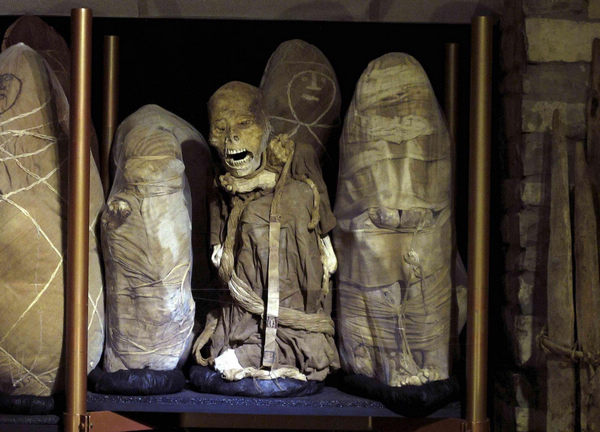
Among all the pre-Columbian civilizations of the Andes, the Chachapoyas stand out for their ability to preserve both the physical form and the spiritual essence of their people. These mummies remain among the best-preserved in the region, offering modern researchers a rare glimpse into a culture where the dead were not forgotten—they were honored, protected, and remembered.
Conclusion
The mummification practices of the Chachapoyas reveal a civilization that combined environmental wisdom with deep spiritual belief. Their legacy, still clinging to the cliffs of northern Peru, speaks of a culture that saw death not as an end, but as a sacred transition—worthy of the greatest care, respect, and eternal connection to the mountains they called home.
